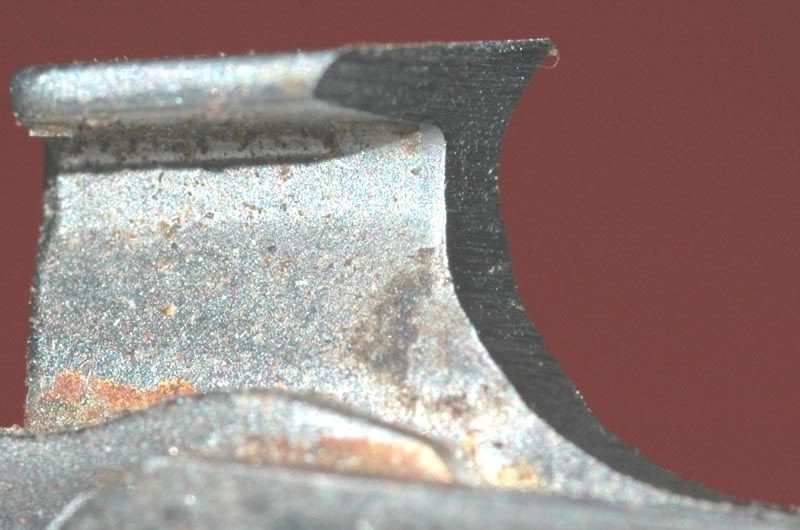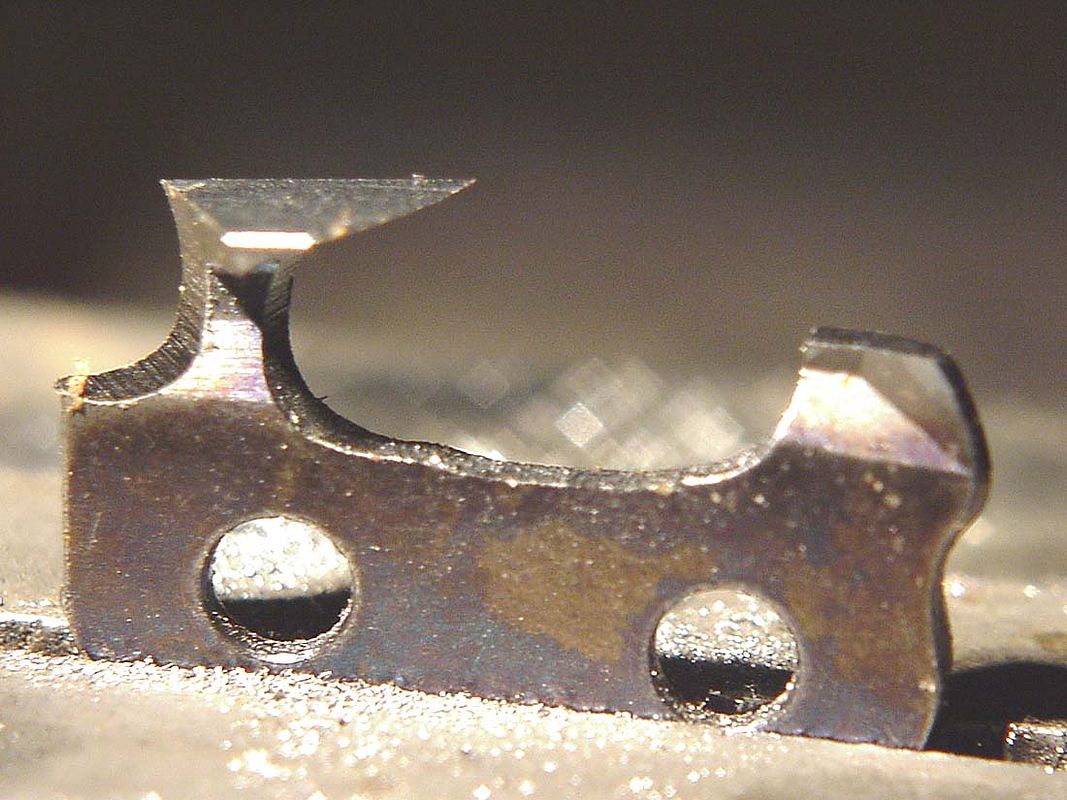CT Woodburner
New Member
Just found this site from a suggestion at woodheat.org.
Looks like a great place to dig into some details, so here goes my first post (my apologies up front if this topic has been beaten to death):
Do you all recommend a tool for sharpening chains in the field? When I was running my Stihl 029 Farmboss, I had some 3/8" files from Stihl that I used after each tank of gas. Problem was the lack of control on my part to keep the angle correct; this translated into more than 1 chain that became useless after my filings.
I just upgraded to the Stihl MS-460 Magnum (what a monster!) and would like the ability to dress the chain while cutting in the field with a tool that is a bit more accurate than a file and my eye as a guide!
Any thoughts would be appreciated.
Thx,
CT Woodburner
Looks like a great place to dig into some details, so here goes my first post (my apologies up front if this topic has been beaten to death):
Do you all recommend a tool for sharpening chains in the field? When I was running my Stihl 029 Farmboss, I had some 3/8" files from Stihl that I used after each tank of gas. Problem was the lack of control on my part to keep the angle correct; this translated into more than 1 chain that became useless after my filings.
I just upgraded to the Stihl MS-460 Magnum (what a monster!) and would like the ability to dress the chain while cutting in the field with a tool that is a bit more accurate than a file and my eye as a guide!
Any thoughts would be appreciated.
Thx,
CT Woodburner








